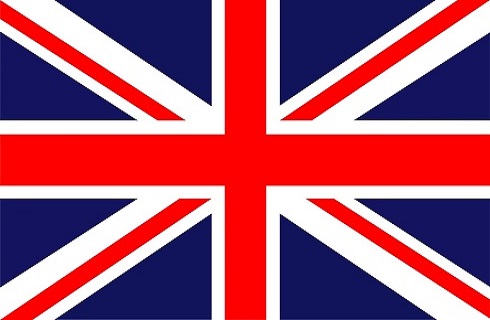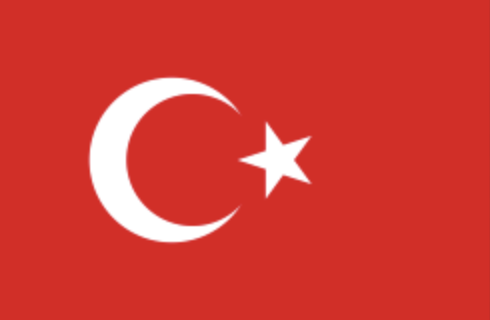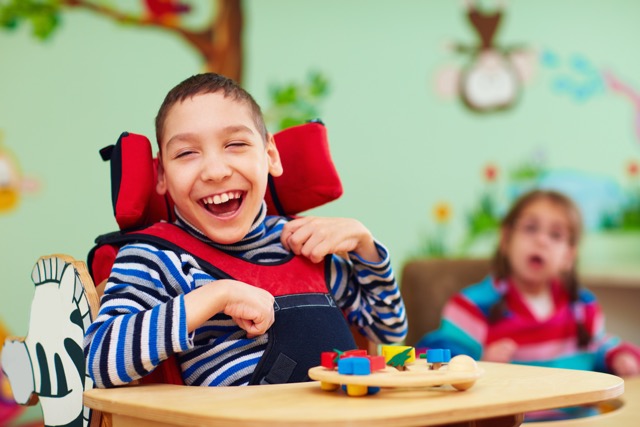CP describes the brain damage that occurs in the immature brain tissue of the baby and the resulting clinical picture. This damage can occur in the womb before, during or after birth (usually in the first 2 years).
Symptoms frequently seen in babies with Cerebral Palsy can be grouped under the following headings:
• Delay in motor development stages (such as sitting, turning, walking delay)
• Difficulty raising the head in a sitting or prone position
• Posture disorder (baby holds one arm or leg in a different position than the other)
• Tendency to use one side of the body
• Muscles are too tight or loose
• Poor muscle control
• Feeding and swallowing difficulties
• Seeing reflex movements outside of normal
If the baby chooses a hand before the age of one (like using only the right hand or only the left hand), if he cannot walk even though he is 18-24 months old, it is necessary to consult a pediatric neurologist as soon as possible.
Early Symptoms
Delays in your baby’s motor or balance development (rolling, sitting, standing, standing, walking) may be due to Cerebral Palsy. Therefore, it is very important to monitor your baby’s development. Below are the developmental steps that you need to pay attention to in your baby’s development:
Delays in your baby’s motor or balance development (rolling, sitting, standing, standing, walking) may be due to Cerebral Palsy. The clinical picture that occurs due to brain damage is movement disorders; learning, hearing, speaking difficulties; nutritional disorders; It may include some or all of the neurological problems such as epilepsy. Therefore, in the treatment of these patients, it is necessary to work together with different fields of expertise, depending on the content of the accompanying problems.
The brain damage that causes cerebral palsy is not progressive, but its effects on the musculoskeletal system can be progressive. It is possible to obtain satisfactory results in patients who are diagnosed early and treated in the early period.
Among the treatments frequently applied by orthopedic physicians in patients with cerebral palsy:
• Botox applications
• Correction of foot and hand deformities
• Muscle lengthening and tendon transfer surgeries
• Bone surgeries for knee flexion
• Correction of rotational disorders that cause inward or outward rotation of the feet.
• Treatment of hip dislocations and preventive surgeries
• There is treatment for spinal deformities.
In some of the surgeries performed, it is aimed to increase the motor ability of the patient, while in others, making the use of orthoses and wheelchairs more comfortable; It is aimed to prevent joint dislocations and to eliminate pain complaints. It is very important that these goals are discussed in detail between the family and the physician before the treatment to be applied.

 ENGLISH
ENGLISH  TÜRKÇE
TÜRKÇE